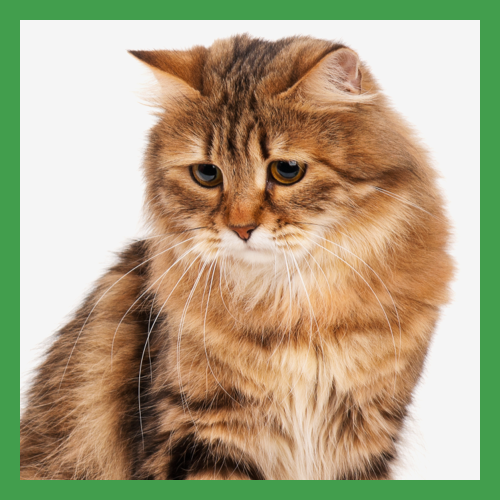.png)
Why Current Nutritional Recommendations Fail
And How VETERINARY HPM® Can Help
Healthcare teams are aware that weight management tends to be a challenge for their patients after being spayed or neutered. When a change in diet is recommended, the suggestions often include strategies like “feed less,” “switch to an adult food” or “buy weight management food.” Unfortunately, each of these options carries risks for your patients.
When reducing calories for pets, it matters how we do it. Learn more from expert nutritionist Laura Gaylord, DVM, DACVIM (Nutrition)
Let’s review some strategies used today, the risks they carry for patients and how VETERINARY HPM Pet Nutrition is tailor-made specifically for the needs of spayed and neutered pets.
![B2B_3.0_FeedLessCat_250x250.png]() "Just Feed Less"
"Just Feed Less"
Even with a thorough dietary history, the "just feed less" approach sets patients up for failure.
Less volume of food:
-
Leads to less satiety (mass effect of food)1,2
-
This approach calls for a smaller volume of food, which means there will be less food in the stomach, and therefore, less gastric distension. If stomach distension is not sufficient, hormones will not be released to tell a pet's brain that it is full. The satiety cue is lost.
-
-
Leads to less nutrients that trigger satiety (protein, fiber)3,4 and introduces a risk of potential nutrient deficiencies5,6
-
A pet can consume the appropriate daily energy requirement for their metabolism and still feel hungry if they don't receive the right macronutrient balance, fiber inclusion and volume of food.
-
Many pet owners think of food as a way they show love for their pet. When pets communicate feelings of hunger, like begging or going to the bowl to look for more food, clients naturally struggle to comply with diet recommendations.
Switch Puppies & Kittens to Adult Food Early
Switching still-growing dogs and cats to an adult food too early places pets at risk for nutrient deficiencies. This is an especially important concern for larger breed puppies that need the proper amount of essential amino acids, fatty acids, vitamins and minerals to meet their growth requirements. Adult foods, and most certainly adult weight management foods, are not formulated to support growth and development.
AAFCO minimum requirements for some essential amino acids, fatty acids, and vitamins and minerals are sometimes double for growth diets compared with adult maintenance diets. Switching a puppy or kitten from a growth diet to an adult or weight management diet too early can create multiple nutrient deficiencies. These deficiencies can result in poor skin and coat quality, growth deformities and malnourishment from deficient levels of calcium, phosphorous, magnesium, or other nutrients.
Switch Pets to a Weight Management Diet
While low-fat or light diets are lower in calories, there is no guarantee that the limited calories are providing sufficient nutrients to support appetite control or satiety. This means pets could still be at risk for feeling hungry, and could overeat if given the opportunity to do so. Even if the calorie load matches a pet's daily energy requirement, the macronutrient balance and fiber content are critical.
Nutrition Tailored for the Needs of Spayed or Neutered Pets
To avoid the risks associated with feeding less or switching to an adult diet too early, recommend a specific diet designed for the unique needs of spayed and neutered pets. VETERINARY HPM® Pet Nutrition includes high-protein, high-fiber diets designed to support appetite control and a healthy metabolism. The diets prioritize nutrients to help patients feel full, including amino acids that support appetite control and a mix of soluble and insoluble fibers. The range includes Junior formulas to support spayed and neutered puppies and kittens that are still growing, and Adult formulas for dogs and cats that are fully mature. See more about our tailored nutrition for dogs and cats »
|


